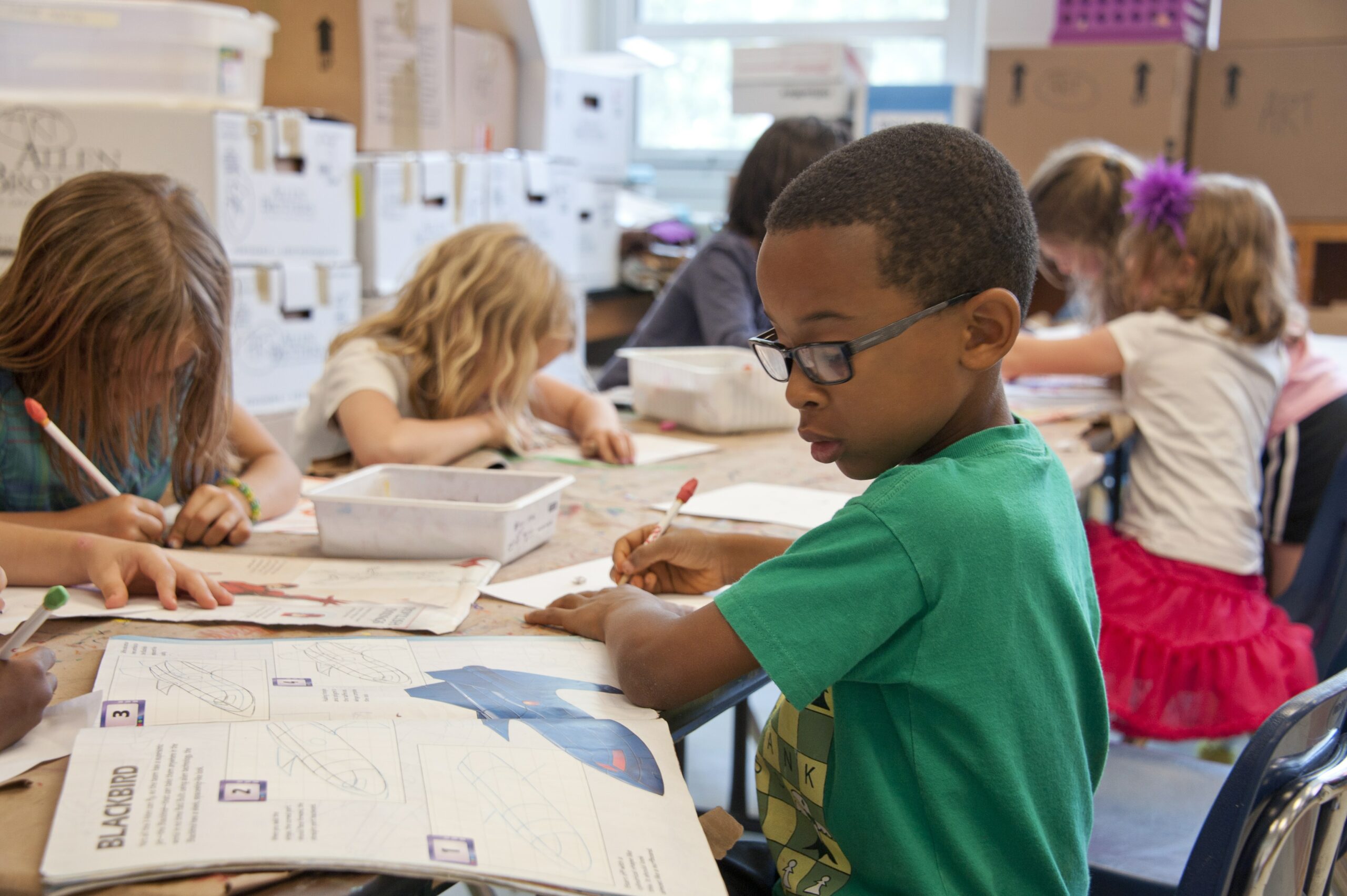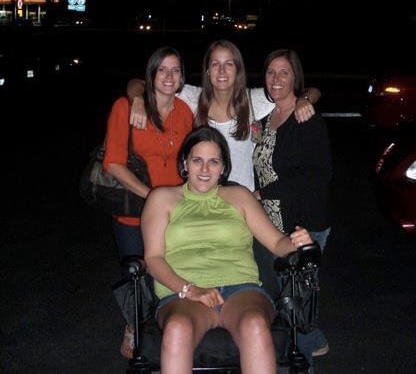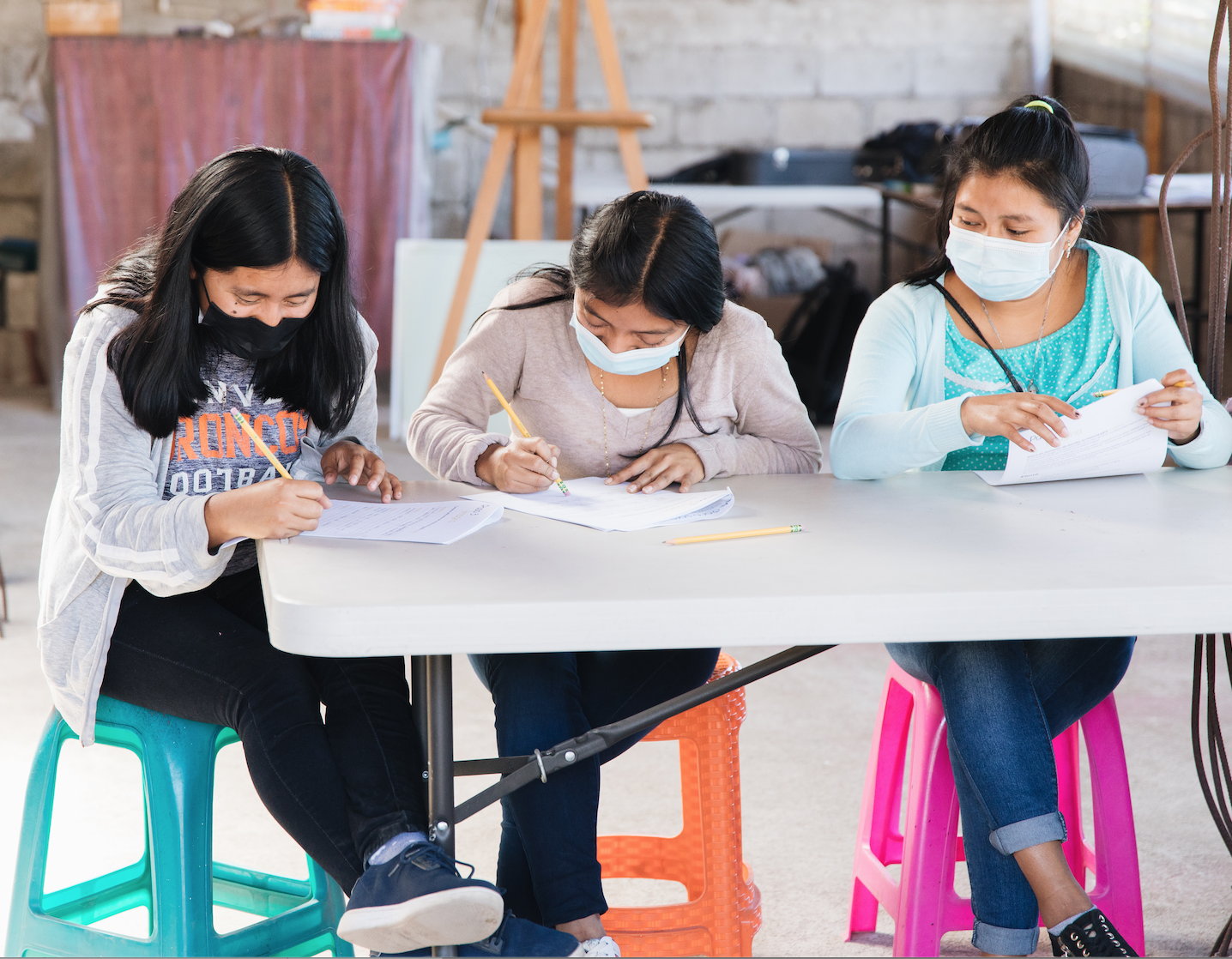 Every teacher wants their students to feel emotionally supported in their classroom–when a child feels emotionally stable, they can take in and learn information. The Imagine Project is a tool that will support a student’s emotional health. At first you might see The Imagine Project as a one time use, but it’s meant to be a forever tool that students lean on for their emotional support as many do with journaling. If our dream is for students in our classrooms to choose to write Imagine stories independently during the times in their lives when they need it most, then it is crucial that they have consistent practice using the tool. In order to provide that practice, planning for the intentional use of The Imagine Project across the curriculum is essential. Rather than every experience with The Imagine Project being emotionally intense, we want to show students that anytime we are exploring different perspectives or emotions an Imagine story can be useful. In this blog we will explore 10 ways The Imagine Project can be used as an intentional instructional tool.
Every teacher wants their students to feel emotionally supported in their classroom–when a child feels emotionally stable, they can take in and learn information. The Imagine Project is a tool that will support a student’s emotional health. At first you might see The Imagine Project as a one time use, but it’s meant to be a forever tool that students lean on for their emotional support as many do with journaling. If our dream is for students in our classrooms to choose to write Imagine stories independently during the times in their lives when they need it most, then it is crucial that they have consistent practice using the tool. In order to provide that practice, planning for the intentional use of The Imagine Project across the curriculum is essential. Rather than every experience with The Imagine Project being emotionally intense, we want to show students that anytime we are exploring different perspectives or emotions an Imagine story can be useful. In this blog we will explore 10 ways The Imagine Project can be used as an intentional instructional tool.
Once you have taken the first step and experienced the power of The Imagine Project with your students by completing the entire process as a class, it is time to plan for its deliberate use in your general instruction.
- One idea to consider is that an Imagine story can actually be just a quick, single sentence as a way for students to process and share their perspective or feelings on a particular topic either before it is taught as a way to assess or after instruction as a way to reflect.
- Another idea is to use The Feelings Wheel (downloadable on our website) and an imagine statement as a weekly/daily check in with students.
- You can write a class Imagine story outlining the expectations for behavior and learning in your classroom. By framing it around the idea of “Imagine a class who…” you can use it as an aspirational document to set your intentions for the year together.
- At the beginning or ending of a grading period, you can write hopeful Imagine stories that can be turned into actionable goals using the frame of “I am… I can… I will.” Remember that hope happens when students feel in charge of their future and create flexible plans to achieve their goals.
- Take the 30 Day Imagine Challenge where you end each day writing and sharing three things that you imagine happening in your life, three things you are grateful for in your life, and one act of kindness that you have done or plan to do. They say after 30 days new habits form, and this is a habit that can transform the climate in your classroom.
- Choose an emotion of the week to explore with an Imagine story. This is a great chance to use The Feelings Wheel and build emotional vocabulary and empathy together.
- Explore problems and their solutions using the design cycle but frame it around an Imagine story where students help others to empathize with the problem they are trying to solve and then show how their solution will improve the world.
- Develop a deeper understanding of point of view and perspective by writing Imagine stories from the point of view of fictional or historical characters. The hopeful turn can be used to predict endings to stories.
- The Feelings Wheel can be used to identify emotional character traits in fictional or historical characters and how they change over time. This also helps to build a complex emotional vocabulary.
- When issues arise in class, planned or unplanned, that lead to taking sides and debate, imagine stories can be written so both sides can express their feelings around a position along with what they hope for in the future. While empathy will grow as both sides share, it is interesting how commonalities arise in the hopeful turns which can lead to shared understanding and solutions.
*For more ideas check out the downloadable Powerpoint on our website.
These are only a few ideas for infusing The Imagine Project into your daily classroom planning. If we can get students using this tool on a regular basis, then when unexpected issues arise it will be a natural path forward and you will have a built in tool for emotional regulation that will help your students to be more available to learn. If we can create a habit of writing Imagine stories in our students’ lives, then when students are dealing with the difficulties of life on their own, they will have a tool for exploring and expressing their feelings. The work you do every day in your classroom is the work of saving lives and providing hope for the future.
Download the Imagine Journals (for FREE) and start today! Thank you and good luck!
Written by Todd Daubert, Educational Consultant and veteran elementary teacher
Thank you so much,
Dianne
Dianne is the founder and CEO of The Imagine Project, Inc., a nonprofit organization that helps children K-12 (and adults) process and heal from difficult life circumstances through expressive writing. Dianne has her Masters in Psychiatric/Mental Health Nursing, is a thought leader in stress and trauma in children, has written multiple award winning books, is an international speaker, lives outside of Denver, CO, and has 3 grown children. Learn more about The Imagine Project at www.theimagineproject.org.


 Moving is not a simple, straightforward process that always goes according to plan. And if you have kids, you can expect a few unexpected surprises to crop up along the way. This is why it is vital to ensure everyone is on board with the decision and on the same page when it comes to executing your move. Below,
Moving is not a simple, straightforward process that always goes according to plan. And if you have kids, you can expect a few unexpected surprises to crop up along the way. This is why it is vital to ensure everyone is on board with the decision and on the same page when it comes to executing your move. Below,  Navigating a divorce is no easy venture, especially if children are involved in the mix. If you’re stressed out or visibly affected by any major life change, this may translate to strong emotions within your child as well. Acknowledging how this split will affect them and making a mature plan of action with your co-parent will minimize trauma and help your kids cope. Here are some of our best tips on how to approach this process.
Navigating a divorce is no easy venture, especially if children are involved in the mix. If you’re stressed out or visibly affected by any major life change, this may translate to strong emotions within your child as well. Acknowledging how this split will affect them and making a mature plan of action with your co-parent will minimize trauma and help your kids cope. Here are some of our best tips on how to approach this process. It’s back to school time again and most educators are acutely aware of the potential social emotional needs of students. Last school year was a challenging year for many teachers. Anxiety, social insecurities, inability to focus, distractions coming from many angles were worse than prepandenmic times. How can teachers give students the opportunity to stay present, grounded, feel accepted, and focus on learning? One simple and free way is by using
It’s back to school time again and most educators are acutely aware of the potential social emotional needs of students. Last school year was a challenging year for many teachers. Anxiety, social insecurities, inability to focus, distractions coming from many angles were worse than prepandenmic times. How can teachers give students the opportunity to stay present, grounded, feel accepted, and focus on learning? One simple and free way is by using 
 Raising kids with special needs can be a labor of love sometimes. While the rewards are immense, it’s a task that taxes one mentally, physically, and spiritually. If you’re the guardian of children who require extra attention, be aware of your limitations. The following information from
Raising kids with special needs can be a labor of love sometimes. While the rewards are immense, it’s a task that taxes one mentally, physically, and spiritually. If you’re the guardian of children who require extra attention, be aware of your limitations. The following information from  Written by Tara Imperatore
Written by Tara Imperatore Is Your Child Stressed?
Is Your Child Stressed? Mental health means having emotional, psychological, and social well-being; when we think, act, and feel from a balanced perspective the majority of the time. Having a balanced and grounded perspective helps us make healthy choices, be kind, express emotion, accept help when we need it, handle stress effectively, feel empathy, laugh, feel joy, and relate to others easily. This are true in every stage of life. As young children grow they develop these skills, and we even continue to develop them throughout adulthood.
Mental health means having emotional, psychological, and social well-being; when we think, act, and feel from a balanced perspective the majority of the time. Having a balanced and grounded perspective helps us make healthy choices, be kind, express emotion, accept help when we need it, handle stress effectively, feel empathy, laugh, feel joy, and relate to others easily. This are true in every stage of life. As young children grow they develop these skills, and we even continue to develop them throughout adulthood.